|
ALBRECHT DÜRER - MADRID - PAGE 3
|
Dutch arrive in Tasmania |
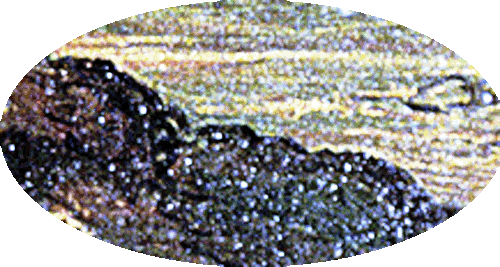
Looking for spice |
- Abel Janszoon Tasman, who was
Dutch, and his crew
were the first Europeans to meet the Māori when they sailed
into the Golden Bay in 1642.
- There was bloodshed from the
very start when the Māori spotted them first and set up war
signals to scare Tasman away.
- Tasman fired a cannon and
when he returned the next day, the Māori rammed them with their
canoes and then attacked and killed four Europeans.
-
Tasman named the place Murderers’ Bay (today’s Golden Bay).
- In the service of the Dutch East India Company on his way out
of the Spice Islands.
- Discovery of Tasmania on November
24, 1642.
- For more than a hundred years, until the
period of Englishman James Cook’s first voyage (1768–1771),
neither Tasmania nor New Zealand were visited further by
European explorers because Tasman steered them away from it.
From there, sailing northwestward, the expedition located the Fiji Islands but could not land because of wind conditions and a hazardous reef.
On his return to Batavia, Tasman’s arc took him past Ontong Java, New Britain and New Ireland (which he mistook as one island), and the northern coast of New Guinea. He arrived back safely on June 15, 1643, having covered more than five thousand miles in mostly uncharted waters. Not realizing it, he had completed a circumnavigation of New Holland (Australia) and proven that it was not the Southern Continent. (princeton.edu)
|

British arrive |
- Māori and British first met when Captain James Cook visited their shores in 1769.
-
The main tactic of the Māori was the attack by ambush at dawn.
- The two countries signed a treaty in 1840.
- Some of the
Māori who signed it did not totally understand
what it meant (gave the British sovereignty over New Zealand
and in exchange, the Māori kept the right to buy and sell land, and had the rights and privileges of British citizens).
New Zealand’s government spent decades painting a
rosy picture of the country’s race relations.
According to one Parliament member, the British had
never “conquered or annexed” the nation, and the
country’s Indigenous Māwori people were “always loyal
to the British empire.” But this pleasant depiction
was a false narrative. (Fabiola Cineas)
|
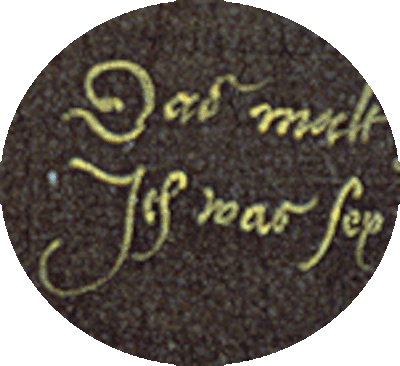
British treaty |
- The first fight happened in Wairau
when some British settlers purchased land in the Wairau Valley and realized they did not have as much as they wanted
and surveyed some Māori land.
- The Māori burned the surveyor’s equipment down and sent them back to their ships.
- Soon, the first shot was fired, they fought back and by the end, 22 Europeans were dead.
- Many brutal attacks by the Māori occured over the next
several decades such as John Gilfillan (Māori slaughtered his wife and children and burned his house to the ground
while he watched).
- What it took to get reparations in New Zealand.
This, though, was only the first fight of many. The British would keep encroaching on
Māori land, and they would keep pushing back. For the next sixty years, the history of New Zealand was filled with land conflicts and bloodshed. (listverse.com)
|
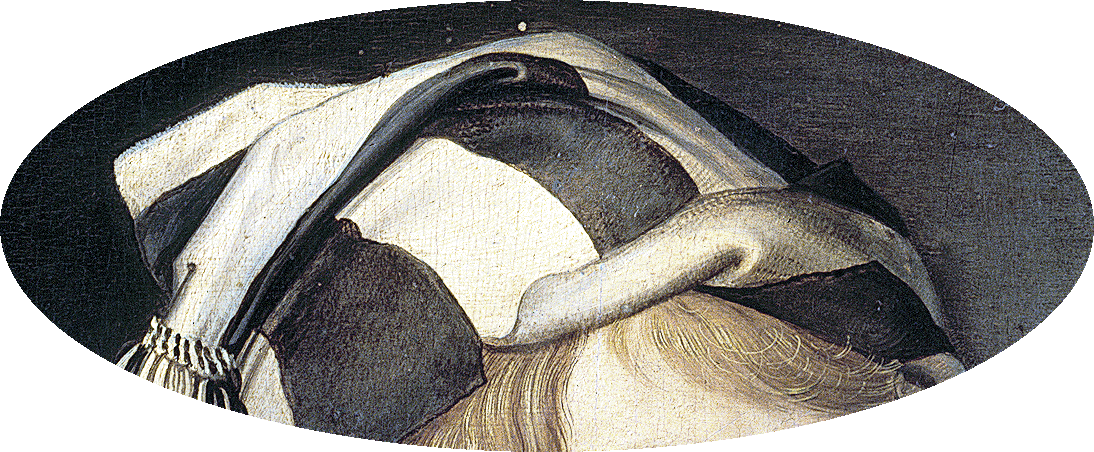
Pirates or Explorers |
- Captain Cook
discovered White Island and named it for the white steam
clouds.
- The Men Who Were Mistaken for Gods.
- He arrived
in Hawaii during the islanders celebration of fertility god Lono so he
was seen as fulfillment of the prophecy, and the islanders greeted him as a deity.
- On December 17, 1773, an excursion to shore, Thomas Hill
never returned to the ship and they went ashore and found his
hand with a tattoo TH and the warriors were roasting and
eating two men.
- Captain Cook
was killed in Hawaii by angry natives while looking for the fabled fourth continent.
- After the Boyd Massacre, when 66 were killed and
cannibalized by the natives, travel guides in Europe warned
travelers not to visit there and renamed them the "Cannibal
Islands."
In 1768, Cook, a surveyor in the Royal Navy, was commissioned a lieutenant in command of the HMS Endeavour and led an expedition that took scientists to Tahiti to chart the course of the planet Venus.
In 1771, he returned to England, having explored the coast of New Zealand and Australia and circumnavigated the globe.
Beginning in 1772, he commanded a major mission to the South Pacific and during the next three years explored the Antarctic region, charted the New Hebrides, and discovered New Caledonia. (history.com)
|
- Zealandia is the first continent on Earth to be completely mapped.
- The 4th continent that Captain Cook was lookimg for.
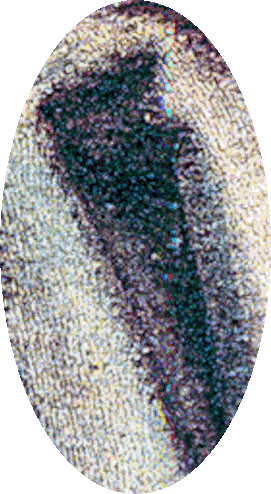
Female nail |
- Veil still on.
- Iron nails.
| Cook and his crew were welcomed by the
Hawaiians, who were fascinated by the Europeans’ ships
and their use of iron. Cook provisioned his ships by
trading the metal, and his sailors traded iron nails
for sex. (history.com) |
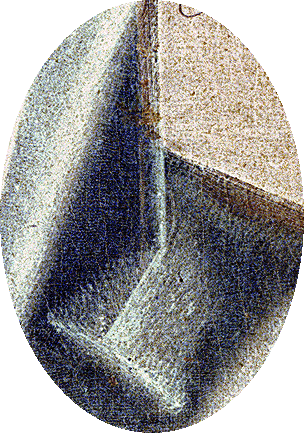
Norwegian iron |
- Some sites in New Zealand show signs of being inhabited prior to the arrival of Māori (around 800–900 years ago)
by Vikings.
- In the North Island of New Zealand there were dense and giant forests to be felled to prepare for the expansion of settlement. The agents of the change could only be men and women accustomed to hardships and frugal living. The settlers should be farmers and not wholly ignorant of lumbering.
- The first immigrants settled in the Manawatu province with much success and then it remained for the larger project to be carried out in Southern Hawke's Bay. In this area (the Seventy Mile Bush as it was then called) there were to be three small settlements of Scandinavians.
- The immigrants paid one-third of their passage money, ten pounds, either in cash before sailing or by promissory note redeemable by installments spread over one or two years.
- The land was laid out in 20 acre sections and one section was to be allotted to each family at the cost of forty pounds, to be paid in installments over a period of three years.
|
The New Zealand Government's policy of
co-ordinating public works and immigration was stated
many times, but perhaps never more forcefully than by
Dr. I. E Featherston, Wellington Provincial
Superintendent, in his opening speech to the Council
in 1871. "Public Works and Immigration" said Dr.
Featherston "must go hand in hand. (Bob Hansen, norwayheritage.com)
|
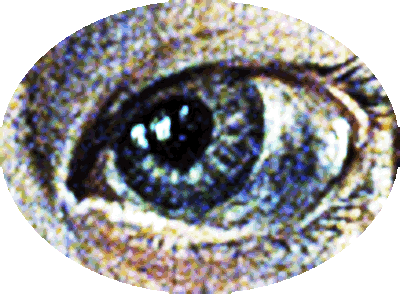
Norwegian, Danish and Swedish |
- They didn't invade, they were
invited by the NZ government (who needed strong workers to
settle the land). They paid their own passage and also paid
for their property, all the while working to clear and farm
the land.
|
Never in the history of New Zealand was there more bitter disillusion or disappointment than that experienced by these people from Scandinavia. They had of necessity to face what lay ahead as they were anchored to the settlement by lack of money, a strange language and many children. (Bob Hansen, norwayheritage.com)
|

White pine slabs |
- The men had worked hard to build shelters for their
families although quite often two families shared the same
humble abode.
- Some were built like that of the surveyors
at Te Whiti and others were of white pine slabs which were
simple to cut.
|
The home-made furniture was in keeping with its
setting and cooking continued beneath the sky until
clay could be found and corrugated iron bought for
chimneys. (Bob Hansen, norwayheritage.com)
|
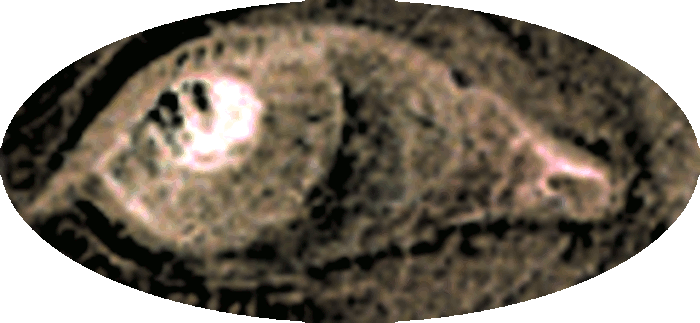
Aniseed |
- Aniseed is indigenous to New Zealand.
- Mountain Carrot.
- Flowering annual plant, part of the parsley family.
-
Subtle hint of licorice.
- Medicinal and aromatic plant,
rich in essential oils.
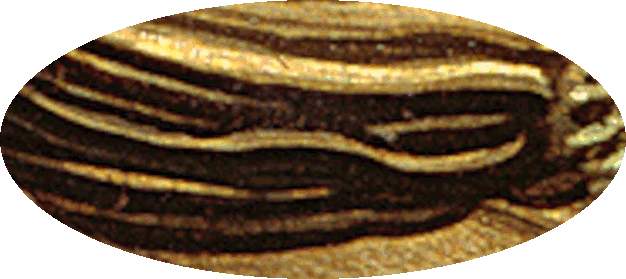
Kumi Kumi Squash |
- Māori heirloom squash, popular in New Zealand.
- The fruits are eaten both at maturity like a winter squash and when young like a zucchini.
- A staple crop in Māori culture with seed passed down through generations,
- Introduced by Europeans.
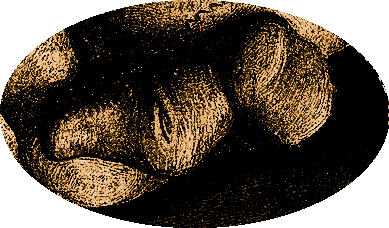
Black fungus mushroom |
- Māori black fungus mushroom.
- Has been used in
Māori cooking for centuries along with being grown and exported to China.

Pikorua ice cream |
- New Zealand ice cream creation by Giapo Ice Cream that is inspired by the Pikorua, a Māori symbol of eternal love.
- It and is made of two individual cones that are joined together to form a sculpted design.

Māori potato chips |
- Māori rīwai potatoes, dark
purple skin and deep white eyes, good to bake, boil, or chip.
- Captain Cook gave some potatoes to the Māori on his visit which they were able to cultivate.
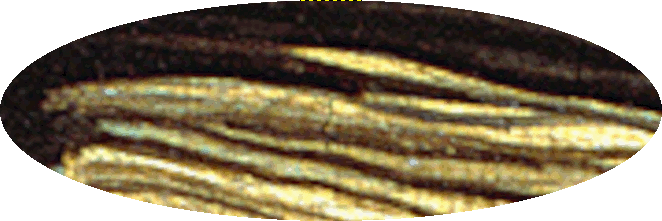
Māori sweet potato |
- Kumera is the Māori word for
sweet potato.
- Although this is not uniquely Māori, it’s a favorite.

Scarlet Runner beans |
- Pīni are a staple in the Māori
diet.
- Horn.

Corn |
- Corn was introduced by European colonists.
- New Zealand’s three-decade ban on genetic modification, explained.

Kiwifruit |
- Comprises around 60 species.
- Their fruits are variable, although most are easily recognized as kiwifruit because of their appearance and shape.
- The New Zealander who died on 9/11.
- Kiwis Keep Dialing 911 Instead of 111.
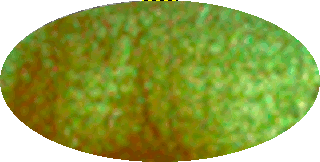
Grapes |
- New Zealand is well known for its wines, and there are a wide number of grape varieties planted throughout the country.
|
|

